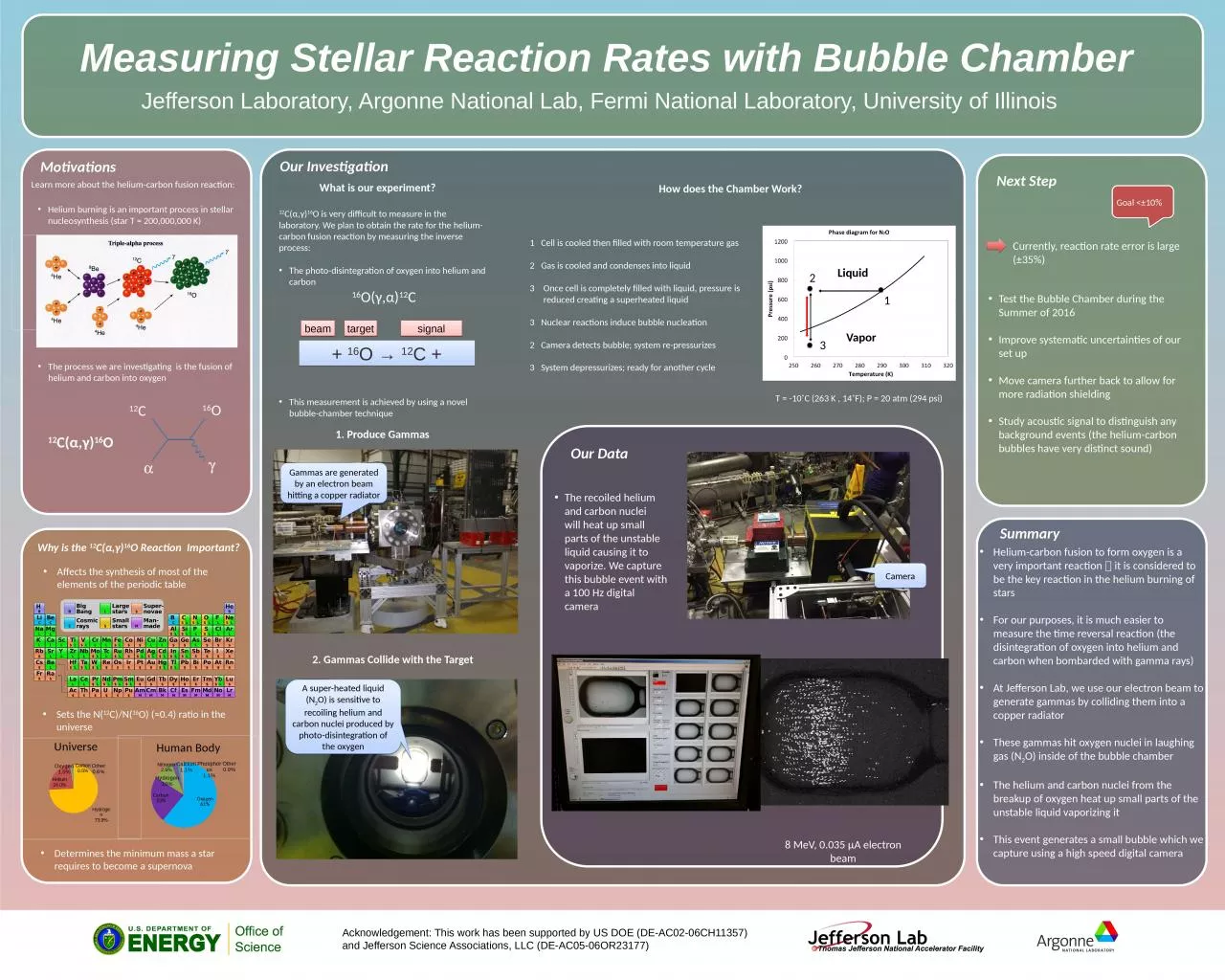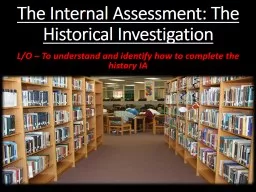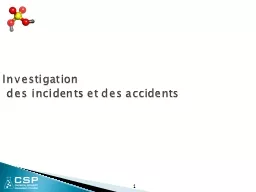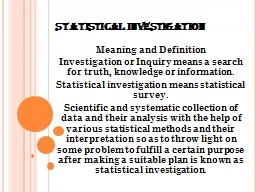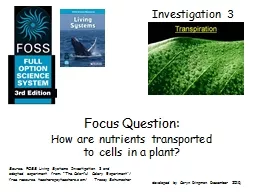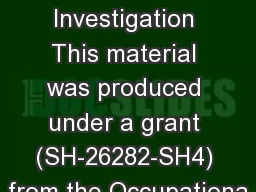PPT-Our Investigation What is our experiment?
Author : yvonne | Published Date : 2022-06-28
How does the Chamber W ork Motivations Learn more about the heliumcarbon fusion reaction 12 C α γ 16 O is very difficult to measure in the laboratory We
Presentation Embed Code
Download Presentation
Download Presentation The PPT/PDF document "Our Investigation What is our experimen..." is the property of its rightful owner. Permission is granted to download and print the materials on this website for personal, non-commercial use only, and to display it on your personal computer provided you do not modify the materials and that you retain all copyright notices contained in the materials. By downloading content from our website, you accept the terms of this agreement.
Our Investigation What is our experiment?: Transcript
Download Rules Of Document
"Our Investigation What is our experiment?"The content belongs to its owner. You may download and print it for personal use, without modification, and keep all copyright notices. By downloading, you agree to these terms.
Related Documents

